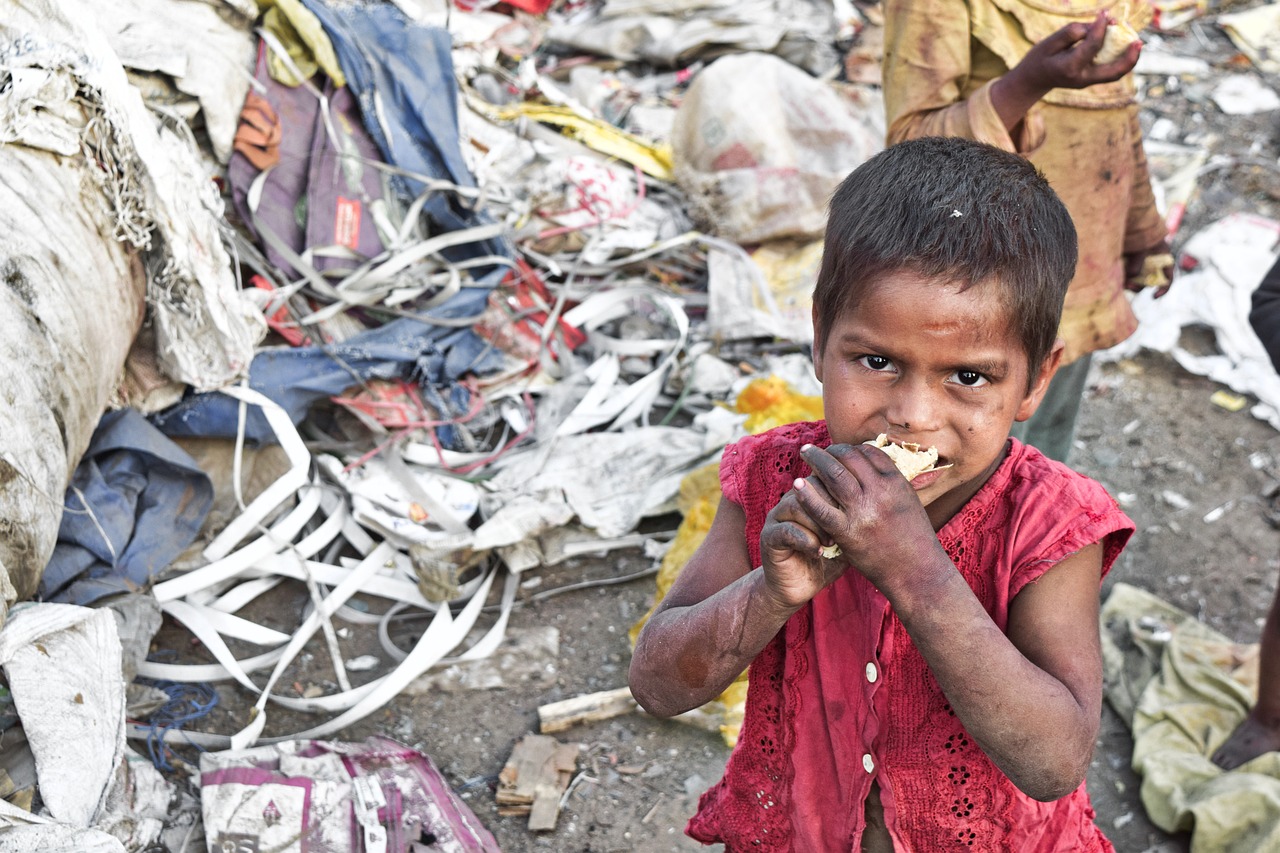
In a world where one in every 11 people faces hunger, a less visible but increasingly critical factor drives this crisis: a lack of water. New World Resources Institute (WRI) research reveals that water scarcity and variability threaten global food security. One-quarter of the world’s crops are now grown in regions where water supplies are either highly stressed or unreliable, making food production vulnerable to disruptions from climate change and increasing competition for water.
Water Stress and Food Production: A Growing Problem
Around 33% of the world’s rice, wheat, and corn — crops that provide more than half the global population’s calories — are grown in areas facing severe water challenges. As the world’s population climbs toward a projected 10 billion by 2050, food production will need to increase by 56% compared to 2010. Yet, the mounting pressures on water resources make this goal increasingly difficult.
The WRI’s Aqueduct Food platform highlights the risks posed to farmers who rely on either rain or irrigation to water their crops. Irrigated agriculture, which accounts for 34% of global food production by weight, faces exceptionally high stakes as competition for water intensifies. Nearly 60% of irrigated crops are grown in areas where water stress is considered “high,” meaning more than 40% of the available water is already used for farming, industries, power plants, and households.
Food production becomes especially vulnerable in regions experiencing high water stress and variability. While farmers can adapt to a certain degree of variation, increased competition and climate-induced water scarcity push existing resources to the brink, jeopardizing global food supplies.
Key Food Producers at Risk
Ten countries — including China, India, the U.S., Pakistan, and Brazil — are responsible for 72% of the world’s irrigated crops, including essential foodstuffs like rice, wheat, and maize. These countries also face significant water challenges, with two-thirds of their irrigated crops grown under high or extremely high water stress. This situation threatens domestic food security and global markets, as many of these crops are exported.
Irrigation demand is expected to rise by 16% by 2050, driven in part by warming temperatures that increase crops' water needs. In India, for example, 24% of its total crop production is grown in watersheds where water use exceeds natural replenishment rates. To cope, the country has turned to unsustainable solutions like over-pumping groundwater, which could have disastrous long-term consequences. By 2080, India’s groundwater depletion could triple as temperatures rise.
Rainfed Agriculture: An Uncertain Future
While 66% of the world’s food is still produced through rainfed agriculture, this, too, faces growing risks. For example, 75% of the world’s corn is grown without irrigation, relying solely on rainfall in countries like the U.S., China, and Brazil. Yet, rainfed farming is becoming more unpredictable as climate change drives longer droughts and deforestation disrupts precipitation patterns.
By 2050, 40% more rainfed crops will face unreliable water supplies than in 2020, with countries like India, the U.S., Australia, and Niger facing the highest risks. Niger, where almost 97% of crops are rainfed, suffers from one drought every three years, a trend exacerbating malnutrition and conflict in the region.
Navigating a Water-Constrained Future
Despite these challenges, a crisis is not inevitable. Governments and businesses can safeguard food security by implementing intelligent policies that address the links between food production, water management, and conservation.
Several strategies can help:
-
Assessing water risks: Governments and corporations must use data-driven tools like WRI’s Aqueduct platform to evaluate their water risks. Setting meaningful freshwater targets aligned with sustainability goals is critical.
-
Reducing food waste: A staggering 25% of the water used for agriculture is used to grow food that is never eaten. Reducing waste at all levels, from farms to households, can lessen this strain on water resources.
-
Shifting diets: Reducing the consumption of water-intensive foods like beef in favour of plant-based alternatives can significantly reduce water stress.
-
Investing in efficient irrigation: Farmers can switch to more water-efficient irrigation methods and crops, which can help reduce water wastage.
-
Promoting nature-based solutions: Protecting forests and adopting regenerative practices like agroforestry can help regulate water supplies and reduce the need for irrigation.
-
Ensuring equitable water management: Water distribution systems must prioritize small-scale farmers and communities rather than large corporate interests, ensuring water security for everyone.
Balancing the need for increased food production with water conservation demands will be critical for the future. To meet this challenge, the world must prioritize sustainable water management practices today to secure a future with enough food and water for all.
